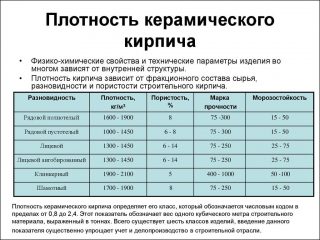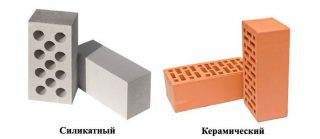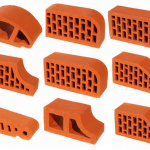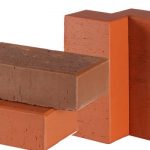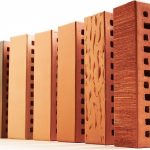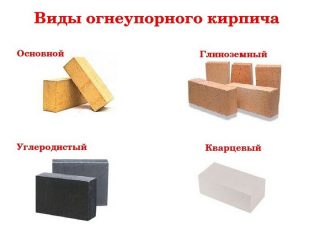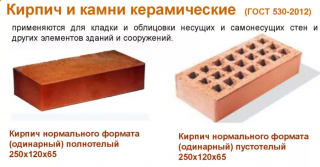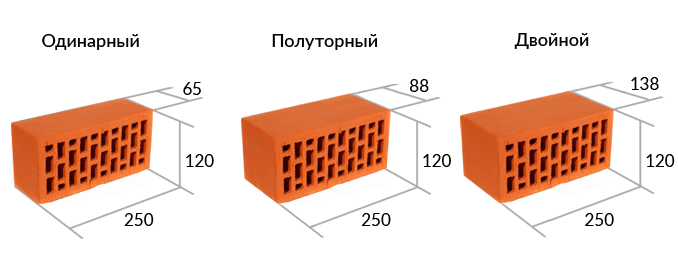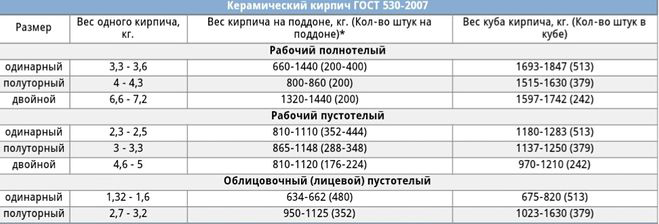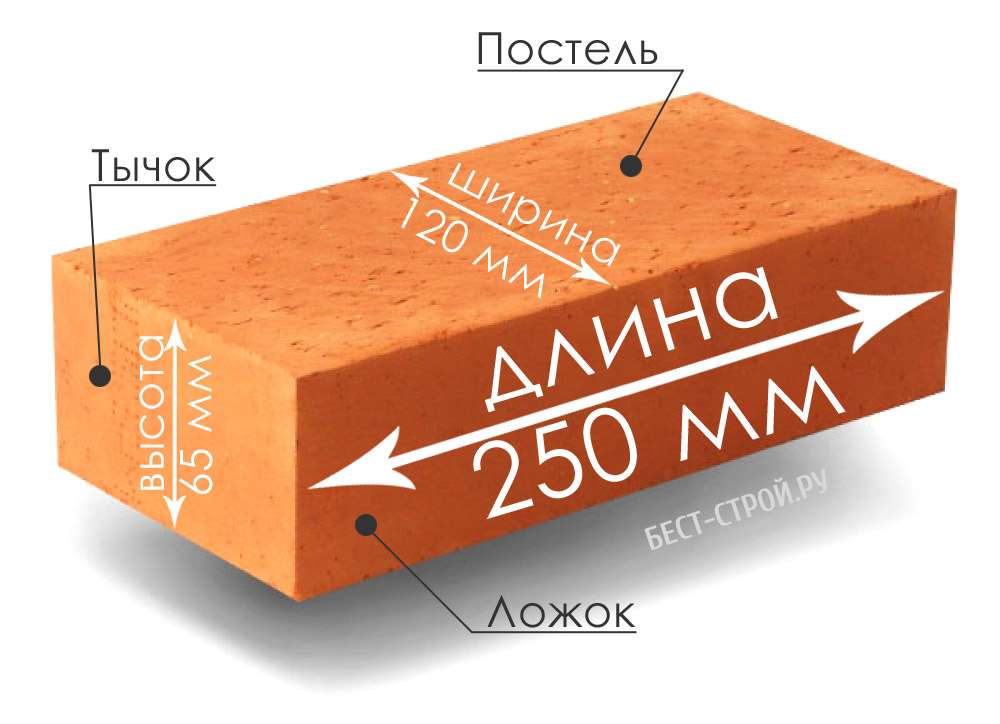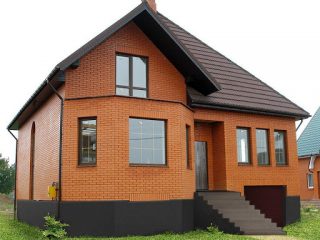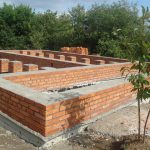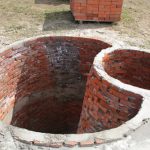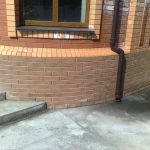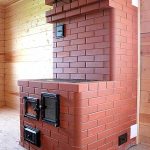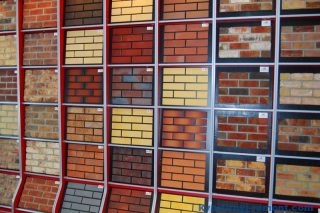The brick is produced in the form of piece products of the correct geometric shape for laying the load-bearing and decorative elements of the building. Ceramic brick is an artificial red stone made from natural ingredients. It is the most common material for the construction of buildings in conditions of high vaporization of humidity and heat. The types of stones are distinguished by the method of manufacture, raw materials, shapes and sizes.
Composition and production of ceramic bricks
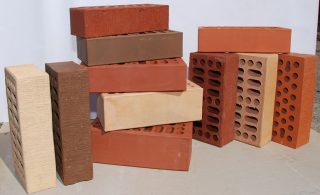
The technical characteristics of the building material are regulated by GOST 74.84 - 1978, which shows the norms and indicators of finished products, as well as technical manufacturing conditions.
Ceramic bricks are distinguished depending on production technology:
- Unbaked... It is called adoba, and is made by drying the prepared mixture in molds in an open space. Stones with weak technical properties are obtained. The material is not used in professional construction, it is put in the construction of household buildings of private housing construction.
- Burnt. Thermally processed in chambers or ovens to obtain a material with high load-bearing capacity and low moisture permeability.
Places of production with homogeneous composition of minerals and thick clay layers (multi-meter deposits) are rare, and the known ones are already depleted by mining. The constant structure of the clay is needed in order to select the same drying rules in production.
The raw material contains components, the concentration of which usually does not exceed 30%:
- fine clay and a constant combination of minerals in the form shale and kaolin;
- small proportions barium, manganese to obtain shades and increase chemical resistance;
- include lean substances in the form sand, crushed brick;
- the porous structure of the stones is given chopped straw, coal particles, sawdust, which, during firing, burn out in the mass, and voids form in their place;
- supplements from ammonium solutions, wetting agents, glass fluxes.
Almost all deposits contain clay in the form of multiple layers. For development, rotary and bucket excavators are used, which remove layers in height, grind the mass, mix until homogeneous. Other types of digging mechanisms are not used, since they take out clay in large blocks with a heterogeneous concentration.

Production
Initially the raw material is crushed in the separatorjaw crushers are also used. Prepare the required concentration of ingredients, their filter.
The process of making bricks from ceramics includes the following cycles:
- preparation of raw materials;
- extrusion;
- chamfering;
- coating;
- drying;
- burning;
- packaging.
To separate particles by size and chemical composition, use scanning screen. Suitable fractions go into production, and large ones are additionally crushed with steel hammers. Shaped raw materials by extrusion, while in the container the bulk raw material is mixed with water and fed to the extruder.
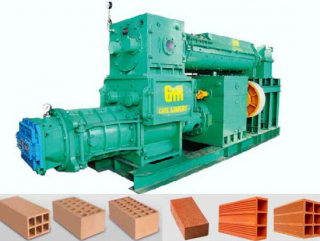
The device has two cameras:
- air is removed by vacuum in the first compartment;
- in the second (increased pressure cylinder) the material is compressed.
After compaction the mixture is squeezed out of the unit, sized, placed in matrices, additionally compacted with a steel piston... The chamfer is removed using special equipment. Not all types of bricks are subjected to the procedure, only facade and for paving.
The sand coating is chosen depending on the rigidity of the products:
- for soft use vibration application;
- textured - smeared;
- for solid - use rollers, compressed air, or sandblasting.
Dry bricks in tunnel or automatic dryers, where they are fed by a conveyor. After that they are moved to tunnel kilns for firingwhere they harden, gain strength. The finished product is packed.
Specifications
Other characteristics:
- Thermal conductivity. Corpulent brick is characterized by an indicator in the range 0.6 - 0.7 W / m · deg, and products with voids - 0.3 - 0.5 W / m · deg... Low thermal conductivity allows the construction of energy efficient structures.
- Volume weight. Corpulent brick has indicators 1.6 - 1.9 t / m³, hollow - 1.1 - 1.45 t / m³... The characteristic is determined by the internal pore volume in the composition of the product.
- Frost resistance. Different types of material can withstand from 50 to 100 freeze and thaw cycles.
- Shrinkage. In brickwork, changes in size do not occur under the influence of heat and frost. The indicator is 0.03 - 0.1 mm per meter.
- Water absorption is 6 – 14%... This is a low indicator that does not change the quality of the brick in any working conditions (in the ground, in the air, in a bath, a sauna).
- Vapor permeability... Value reaches parameters 0.14 - 0.17 Mg / m h Pa, therefore, provides the necessary level of air exchange in the room.
- Fire resistance... The material is considered non-combustible, because within 10 hours of exposure to high temperatures in a fire, it does not change its strength, does not collapse.
Building material provides good isolation from noise, this characteristic is standardized in accordance with SNiP 23.03 - 2003, which contains the required standards.
Comparison of white and red bricks
Difference parameters:
- silicate white bricks differ greater hardness, they are harder to break than red ones;
- they keep warm almost equally;
- noise isolation is higherthan ceramics.
A significant drawback of white silicate is that it absorbs moisture when wet, spoils from this. Burning clay during the heat treatment of ceramics leads to the fact that the stones become moisture resistant, compared to white ones. Silicate brick cannot be used in the construction of the foundation, basement, it is used only for walls, partitions that do not have contact with water and soil moisture.
The second disadvantage of silicate stones is that they destroyed by high temperatures, therefore they are not suitable for laying hearths, fireplaces, stoves.
Types of ceramic bricks
Distinguish by application corpulent ordinary brick and facing... The second type is subdivided into textured for decoration of walls of buildings, and shaped, which is placed when laying complex sections of the facade around the openings. Shaped is used for window sills, curly fences, arched structures, non-standard pillars, gazebos.
By strength divided into types:
- normal private M100 - M300, the number after the letter M means how many kilograms 1 cm2 can withstand without destruction;
- clinker brick make brands M300 - M1000;
- stones with horizontal voids - M25 - M100.
Bricks are made in a variety of ways. Plastic molding provides for the creation of elements by pressing from the raw material with humidity within 15 - 21%. Semi-dry method includes making from a clay mixture humidity 8 - 14%.
Special varieties
Refractory bricks used for laying furnaces, there are types:
- quartz for the device of the furnace body, arches, reflecting infrared waves;
- fireclay put in the masonry of fireplaces and household stoves, this is the most used red brick;
- main it is produced with the addition of lime and magnesia; melting furnaces are used from it in the metallurgical field;
- carbonaceous used in the construction of blast furnaces, mines, it includes pressing graphite.
The refractory material retains heat energy. Stoves in a residential building accumulate heat and gradually release it. The brick is characterized by high thermal inertia (heats up and cools slowly) and high heat capacity (heats up strongly).
Weight and standard dimensions
Brick sizes:
- a standard stone has dimensions of 250 x 120 x 65 mm (length, width, height);
- one and a half brick - 250 x 120 x 88 mm;
- double in height - 250 x 120 x 138 mm;
- incomplete three-quarters - 180 mm long;
- halves - length 120 mm;
- quarters - length 60 or 65 mm;
- 0.7 NF according to the Euro standard - 250 x 85 x 65 mm;
- 1.3 NF modular single - 288 x 138 x 65 mm.
Weight stones depends on density, volume of voids, in total there are several categories by weight of ceramic bricks:
- full-bodied single - 3.3 - 3.7 kg;
- full-bodied one and a half - 4.5 - 5.0 kg;
- full-bodied double - 7.1 - 7.9 kg;
- single hollow - 2.3 - 2.7 kg;
- hollow one and a half - 4.5 - 5.0 kg;
- hollow double - 4.9 - 5.8 kg.
The sides of the brick are named for convenience. Bed they call the working part, which is laid parallel to the masonry base. Spoon - this is the lateral long side of the product. Jab - front side.
Material application
Of ordinary red brick construct structures:
- carriers columns;
- outdoor wallson which beams, trusses, purlins are supported;
- interior walls and partitions in dry rooms, bathrooms with high humidity;
- tape foundations and columnar, connected by beams;
- observation, sewer wells;
- plinths buildings:
- stoves, fireplaces, chimneys, ventilation ducts.
Hollow stones are used for the construction of walls of low-rise buildings that do not experience heavy loads. The presence of voids increases protection from cold, reduces the weight of the structure, compared to solid elements. The choice of one or another type depends on structural strength calculations, in which all the loads acting on the wall are collected. Hollow bricks are not used in foundations, as in the basement.
Features of facing ceramic bricks
The difference between the facing material:
- different colors products - in addition to standard warm colors, yellow, blue, green, brown and others are produced;
- the form can be with beveled edges, cut corners, in the form of rounded, wavy patterns, corner samples;
- there are rough, embossed and smooth texture, the surface is glossy, glazed and matte dull, it is coated with polymers.
Fences, external and internal walls are sheathed with facing bricks; they are used for decorating fireplaces and stoves. Finishing material moisture resistant, frost resistant, retains color when exposed to ultraviolet radiation.

